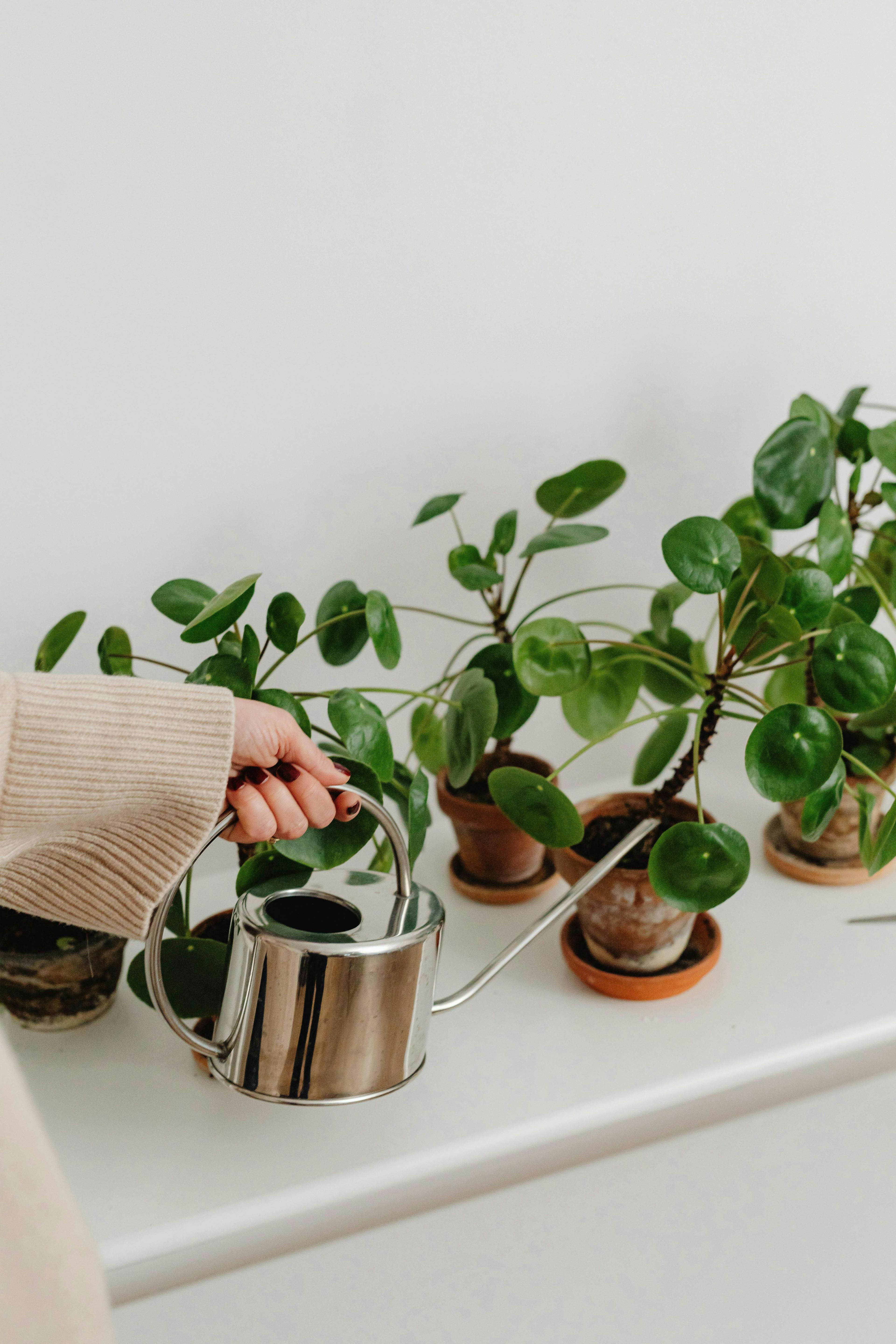Droplets of Knowledge: The Art of Watering
Watering your plants might seem like a simple task, but doing it right is an art that can significantly impact the health and beauty of your garden. Whether you're a seasoned gardener or a beginner, understanding the nuances of proper watering techniques is essential. In this article, we'll explore effective watering strategies that promote thriving plants.
Understanding Your Plants' Water Needs
Different plants have varying water requirements. Factors influencing these needs include the type of plant, soil composition, climate, and the plant's stage of growth.
Types of Plants
- Succulents and Cacti: Require minimal watering as they store water in their leaves.
- Flowering Plants: Generally need more water, especially during the blooming period.
- Vegetables: Consistent watering is crucial, especially when fruits and vegetables are forming.
Soil Type
- Sandy Soil: Drains quickly and may require more frequent watering.
- Clay Soil: Retains moisture longer, thus needing less frequent watering.
- Loamy Soil: Ideal for most plants, with moderate drainage and water retention.
Best Watering Practices
To water your plants effectively, consider the following tips:
1. Water Deeply but Infrequently
Deep watering encourages deeper root growth, which helps plants become more drought-resistant. Allow the soil to dry out between waterings to prevent root rot.
2. The Best Time to Water
Water early in the morning or late in the evening when temperatures are cooler. This reduces water evaporation and allows water to soak into the soil, reaching the roots where it's needed most.
3. Use the Right Tools
- Watering Can: Great for small gardens or indoor plants.
- Garden Hose with a Spray Nozzle: Ideal for larger areas.
- Drip Irrigation System: Efficient for watering multiple plants at the root level, reducing water waste.
4. Check Soil Moisture
Before watering, check the soil moisture. You can do this by sticking your finger into the soil up to the second knuckle. If it feels dry, it’s time to water.
5. Mulching
Apply a layer of mulch around your plants to help retain moisture in the soil, reduce weed growth, and provide nutrients as it decomposes.
Common Watering Mistakes to Avoid
- Overwatering: Leads to oxygen-deprived roots and can cause root rot.
- Underwatering: Stunts plant growth and makes them more susceptible to disease and pests.
- Watering Leaves Instead of Roots: Can lead to fungal diseases on leaves. Always aim the water at the soil near the plant base.
Conclusion
Mastering the art of watering is crucial for maintaining a healthy garden. By understanding your plants' specific needs and employing the right watering techniques, you can ensure your garden remains lush and vibrant. Remember, each plant is unique, and taking the time to observe and respond to its needs will lead to successful gardening adventures.
For more personalized advice on plant care or any other inquiries, remember that Mavyn offers both AI and human expert help services. You can chat with Mavyn GPT or connect with a human expert to get tailored answers to your questions.
